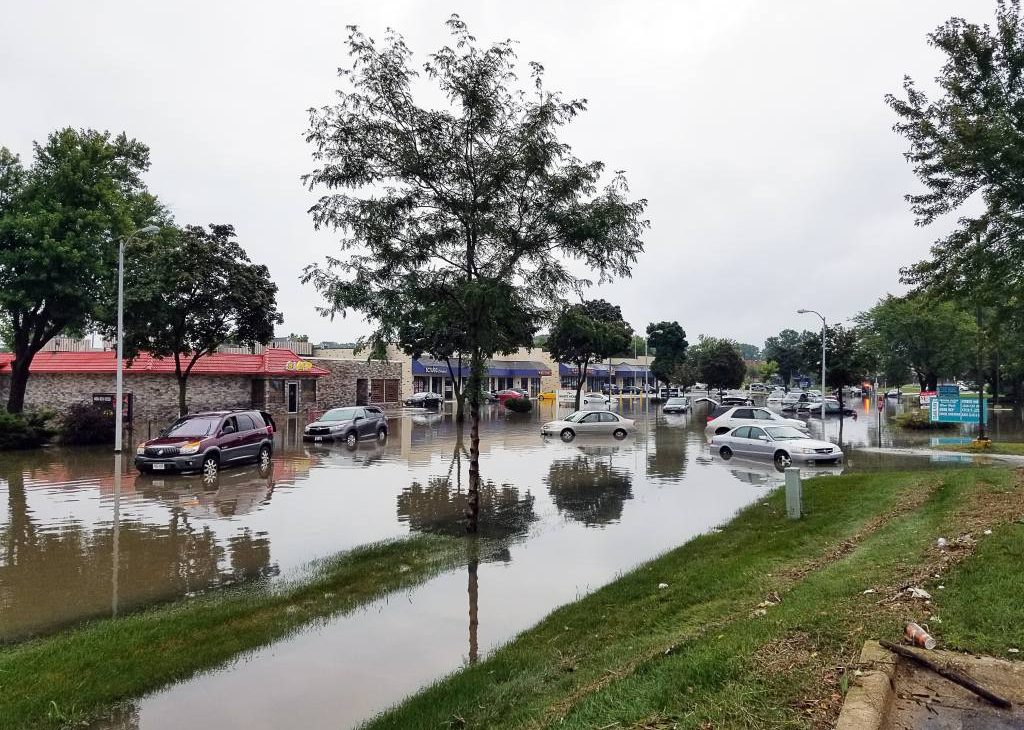Natural disasters such as hurricanes, floods, earthquakes, and wildfires can strike unexpectedly, posing significant threats to businesses of all sizes. Maintaining business continuity during these events is critical not only for the survival of the company but also for minimizing disruptions to customers, employees, and supply chains. While no business can predict when disaster will strike, proper planning and strategic preparedness can help mitigate the impact. This guide highlights key aspects of business continuity planning and how companies can stay resilient even in the face of natural disasters.
Assessing Risk and Vulnerability
Every business is unique, and so are the risks it faces. The first step in ensuring continuity is conducting a thorough risk assessment. Identifying potential threats specific to the location and industry of the business helps tailor a continuity plan that addresses the most relevant scenarios. For example, a business situated in a coastal region may need to prepare for hurricanes, while one located in a dry climate may face a higher risk of wildfires.
A comprehensive risk assessment involves evaluating both physical and operational vulnerabilities. This includes the building’s infrastructure, the availability of backup power, and the resilience of communication systems. Once these vulnerabilities are identified, businesses can prioritize mitigation efforts, such as reinforcing buildings, securing sensitive equipment, and establishing secondary communication channels.
Understanding how natural disasters might impact employees is equally important. A strong continuity plan considers how staff will be affected, whether they need to evacuate or work remotely, and ensures that critical roles are covered regardless of the circumstances. This risk assessment should be updated regularly to account for any new threats or changes in the business environment.
Developing a Business Continuity Plan
A well-developed business continuity plan (BCP) is essential for minimizing downtime and loss during a disaster. A BCP outlines the steps a business will take before, during, and after a disaster to maintain or quickly resume critical functions. This includes detailed instructions on how to protect assets, communicate with stakeholders, and allocate resources.

The plan should identify key personnel and their responsibilities during an emergency, including who will make critical decisions and who will handle operational tasks. Backup systems for IT, financial operations, and customer service should be in place to ensure business continuity. Having cloud-based solutions, for example, can protect vital data and allow teams to work remotely if physical offices are inaccessible.
Testing the business continuity plan regularly is just as important as creating it. Conducting drills and simulations allows businesses to identify weaknesses and make necessary adjustments. Employees should be familiar with the plan and trained on their roles in the event of an emergency. This proactive approach helps ensure that the BCP will work effectively when disaster strikes, minimizing confusion and improving response times.
Establishing Strong Communication Networks
Communication is often one of the first things to break down during a natural disaster, making it critical to establish a strong and reliable communication network in advance. Businesses must have clear lines of communication between management, employees, customers, and suppliers to ensure that everyone remains informed and that operations can continue smoothly.
Creating a multi-channel communication strategy is key. Email, phone, messaging apps, and social media platforms should all be utilized to ensure that messages are received, regardless of the condition of one specific network. This can also be supported by having contact lists stored in multiple locations, both physical and digital, so that critical personnel can always be reached.
A communication plan should also address how to keep customers informed during a disaster. Customers rely on businesses to provide timely updates on product availability, service interruptions, and reopening schedules. Utilizing a website or social media can be an effective way to communicate quickly and transparently, helping to maintain trust during challenging times.
Leveraging Technology for Recovery
Modern technology plays a crucial role in ensuring business continuity during natural disasters. From cloud computing to disaster recovery software, businesses can leverage technology to keep operations running even when physical locations are compromised.
Cloud-based solutions allow businesses to store and access important data remotely, making it easier for employees to work from home or another safe location during an emergency. This technology also safeguards valuable information against damage or loss, ensuring that vital data is not dependent on the safety of a physical office.
Other technological tools, such as automated backup systems, can provide an added layer of security. These systems automatically replicate important data, ensuring that it remains accessible even if local systems fail. Additionally, companies can use geographic information systems (GIS) to monitor weather patterns and predict the likelihood of a natural disaster, allowing for more precise planning and earlier response.
Investing in these technologies can greatly improve a business’s ability to recover quickly from a disaster, reducing downtime and protecting long-term profitability. Many service providers offer affordable disaster recovery solutions tailored to the needs of small businesses, making it easier to integrate these tools into a continuity plan.
Conclusion
The importance of business continuity in the face of natural disasters cannot be overstated. By assessing risks, developing a comprehensive business continuity plan, establishing reliable communication networks, and leveraging technology, businesses can better prepare for and recover from the unexpected. While natural disasters may be unpredictable, preparation is key to ensuring that the business remains resilient. Whether you are a small business or a large enterprise, taking proactive steps now will make all the difference when a crisis hits. With the right strategies in place, businesses can protect their assets, employees, and reputation, ensuring long-term survival in an increasingly unpredictable world.







